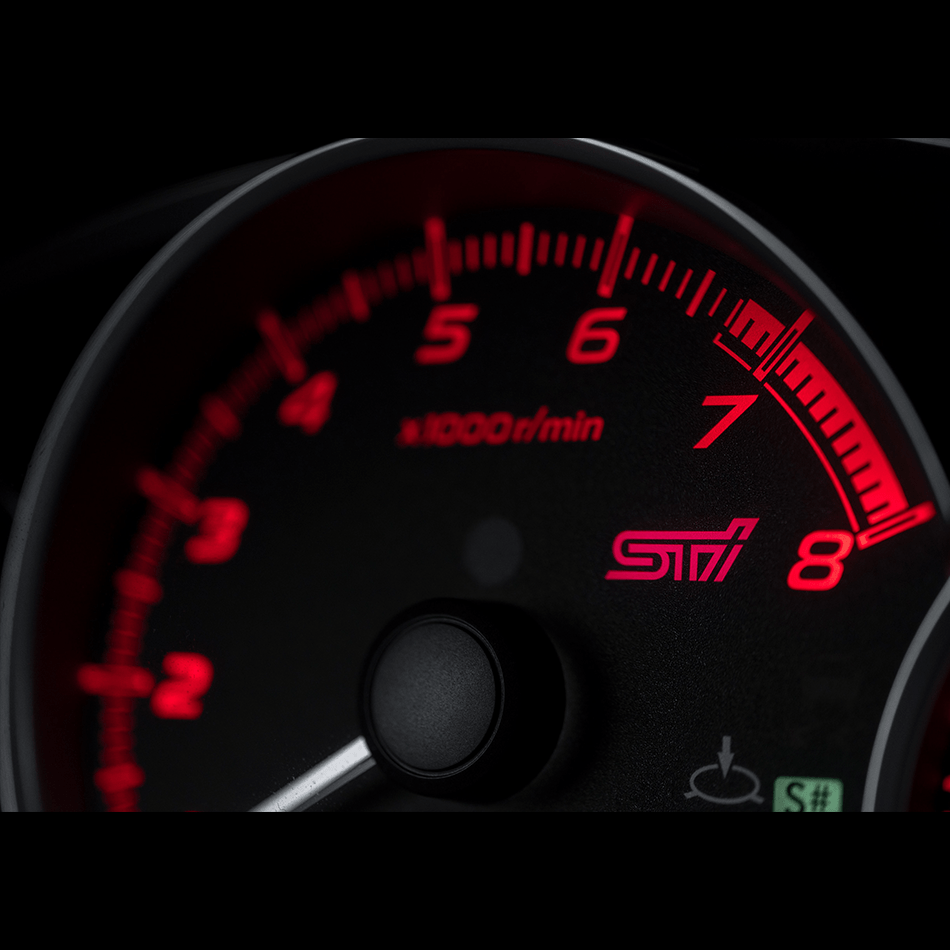Copyright © 2024 Cubespeed All Rights Reserved.



The benefits of a lightened flywheel are many, but a lightweight flywheel is not going to suit everyone and can be worse than the standard flywheel, depending on what you are using the car for.
Before we get started on the benefits and disadvantages of a lightweight flywheel, we should first explore, what exactly does a flywheel do? Typically, in an automotive application the flywheel is a large and heavy metal disc which is attached to the end of the crank on the outside of the engine block. The flywheel turns at the same speed as the engine. The main purposes of the flywheel is
To imagine the difference between a heavy or light flywheel. Grab a 9 litre bucket fill it with water and swing it around in an arc (heavy flywheel), now do the same with an empty bucket (light flywheel). You will notice the massive difference it takes to make the heavy bucket accelerate and make it decelerate, compared to the light bucket. These are essentially the forces we are looking at with heavy vs light flywheels.
…..Now on to the advantages and disadvantages of a lightweight flywheel
The pro’s (lightweight flywheel benefits)
Put simply, it will allow your engine to increase and decrease RPM much quicker compared to a stock flywheel, by reducing rotating weight…..and it will Increase horsepower, yes that’s right there is a lightweight flywheel hp/horsepower gain! The effect of quicker RPM gain, allows the engine to reach its peak power/get on boost quicker and stay in its ideal rev range more of the time. But not only does an engine with a light flywheel increase revs quicker, it also allows the motor to decrease RPM quicker. This can be an advantage as the engine can perform more of the braking when decelerating. Also, it can allow the driver to shift gears quicker, especially if combined with a short shifter. Let me explain further….in that moment between gears on the upshift, you want the engine RPM to drop to the approximate RPM the engine will be spinning at, with the next highest gear is engaged, a lightweight flywheel will allow the rpm to drop more quickly and reduce the time taken to shift between each gear.
Also, worth noting, is that it’s is a fairly cheap mod and that easy to install compared to other areas where you can save rotating weight like pistons, conrods, clutches, carbon or aluminium drive shafts etc.
The Cons (lightweight flywheel problems)
The main down side of the lightweight flywheel for a daily driver, is essentially drivability. An engine with a lightened flywheel will require more clutch slip when taking off from a standstill and will be much easier to stall compared to an engine with a heavy flywheel as the inertia is lost more quickly. This can be quite an issue for inexperienced drivers; if you do a lot of stop/start driving and especially if the vehicle is used for towing or if the vehicle is particularly heavy. It can also pose an issue if you like to change gears at a nice leisurely pace, as the revs will dip a lot between gear changes making gear engagement jerky. An engine with a light flywheel, will also tend to idle more roughly, generally have a less smooth power delivery and may even be noisier especially if converting from a dual mass flywheel to a lightweight flywheel.
In a performance application it can also be a disadvantage if the vehicle is used in Drag Racing, where the extra inertia from the heavy flywheel, can help with the all-important launch
Lightweight flywheel Dyno Test
The numbers don’t lie. Motortrend, used an engine dyno a 383 cubic inch (6.3 litre) V8. Firstly, with a 55lb (25kg) flywheel and clutch combination and secondly with a lightweight 29lbs (13kg) flywheel and clutch combo. The lightweight flywheel made 7hp and 9ftlbs more than the heavyweight flywheel setup. Admittedly the difference isn’t huge, but less rotating weight does equal more HP!
